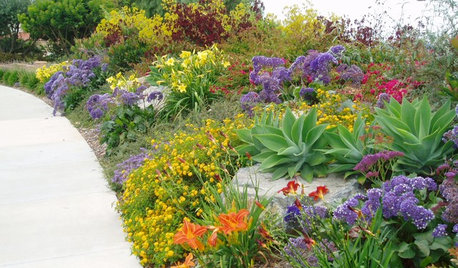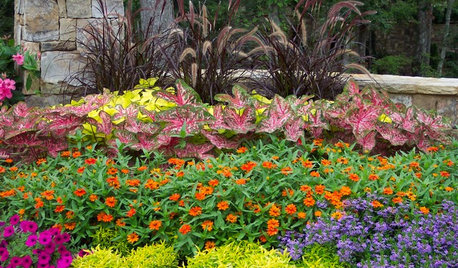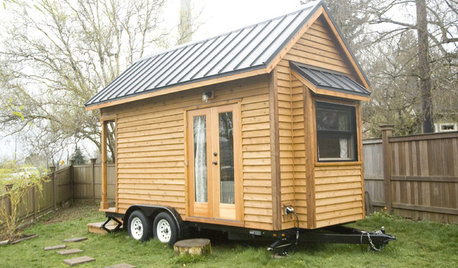heating with compost?
bev_w
15 years ago
Featured Answer
Comments (29)
jj001
15 years agolast modified: 9 years agogreenhouser2
15 years agolast modified: 9 years agoRelated Professionals
Danbury Landscape Architects & Landscape Designers · Quincy Landscape Architects & Landscape Designers · South Elgin Landscape Architects & Landscape Designers · Maple Heights Landscape Architects & Landscape Designers · Mount Wilson Landscape Architects & Landscape Designers · Athens Landscape Contractors · Darien Landscape Contractors · Hoover Landscape Contractors · Morrisville Landscape Contractors · North Highlands Landscape Contractors · Ringwood Landscape Contractors · The Woodlands Landscape Contractors · Greenfield Landscape Contractors · Raytown Landscape Contractors · Beverly Hills Solar Energy Systemstimf7
15 years agolast modified: 9 years agoriley17
15 years agolast modified: 9 years agobev_w
15 years agolast modified: 9 years agotsmith2579
15 years agolast modified: 9 years agobev_w
15 years agolast modified: 9 years agojbest123
15 years agolast modified: 9 years agobev_w
15 years agolast modified: 9 years agohueytlatoani
15 years agolast modified: 9 years agomarthaye
15 years agolast modified: 9 years agobswampy
15 years agolast modified: 9 years agotimf7
15 years agolast modified: 9 years agobswampy
15 years agolast modified: 9 years agotimf7
15 years agolast modified: 9 years agoluckydog_farm
15 years agolast modified: 9 years agopermie_josh
15 years agolast modified: 9 years agobirdwidow
15 years agolast modified: 9 years agoorchiddude
15 years agolast modified: 9 years agoinfo_greensgarden_com
12 years agolast modified: 9 years agosand_mueller
12 years agolast modified: 9 years agoDweomer
12 years agolast modified: 9 years agoPellyRdGirl
12 years agolast modified: 9 years agoralleia
12 years agolast modified: 9 years agoPellyRdGirl
12 years agolast modified: 9 years agotn_gardening
12 years agolast modified: 9 years agopuffie
11 years agolast modified: 9 years agoapg4
11 years agolast modified: 9 years ago
Related Stories

GARDENING GUIDESGet on a Composting Kick (Hello, Free Fertilizer!)
Quit shelling out for pricey substitutes that aren’t even as good. Here’s how to give your soil the best while lightening your trash load
Full Story
GARDENING GUIDES10 Cold- and Heat-Tolerant Perennials and Shrubs for the Arid West
These flowering native plants shrug off the cold of winter and heat of summer while adding beauty to the drought-tolerant landscape
Full Story
GARDENING GUIDESHouzz TV: Make a Worm Bin for Rich Soil and Happy Plants
A worm-powered compost bin that can fit under a sink turns food scraps into a powerful amendment for your garden. Here’s how to make one
Full Story
GARDENING GUIDESMid-Atlantic Gardener's January Checklist
Scatter berries while ye may, be kind to your fair-feathered friends and try a time-saving compost trick that will keep you out of the cold
Full Story
GARDENING GUIDESKeep Your Cool in the Garden — Here’s What to Do in August
Don’t let summer’s heat go to your head. These U.S. gardening guides will help you make sensible choices for all of your plantings
Full Story
GARDENING GUIDESTexas Gardener's June Checklist
Win the battle against heat and drought with these plant picks and extra effort, for a garden that reigns supreme in summer
Full Story
GARDENING GUIDESTexas Gardener: What to Do in July
Beat the heat with sun-loving blooms, pest control, good lawn care and sun protection. Pick up the pace for planting and planning
Full Story
GARDENING GUIDESCalifornia Gardener: What to Do in July
Active green thumb or not, top priorities for peak fruit and veggie season: watering, feeding, keeping up with growth
Full Story
EARTH DAYThe Case for Losing the Traditional Lawn
Work less, help the environment and foster connections by just saying no to typical turf
Full Story
HOUZZ TOURSMy Houzz: Mobile Microliving in Oregon
A 128-square-foot home for a couple in Portland is designed for simplicity, affordability and beauty
Full StorySponsored
Professional Remodelers in Franklin County Specializing Kitchen & Bath
More Discussions







alleybmp13